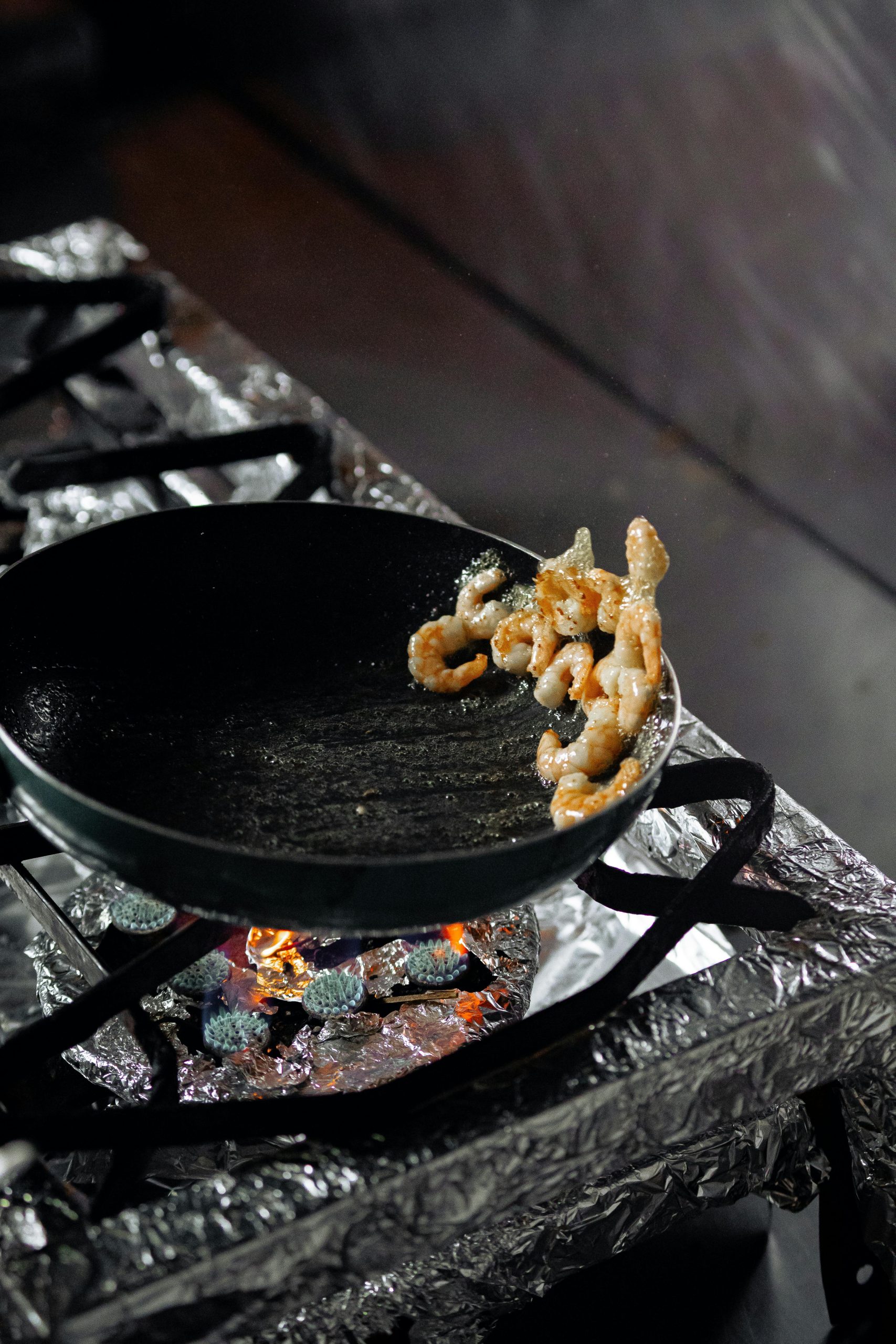What are some effective ways to teach someone to cook without wasting food? I’m looking for practical tips or methods to help a complete beginner become a decent cook, beyond simply sharing recipes or having them watch me cook.

How do I practically teach another person how to cook?
Comments
One response to “How do I practically teach another person how to cook?”
-
Teaching someone to cook can be a rewarding experience, and it’s great that you want to do it without wasting food! Here are some practical tips and methods you can use:
-
Start with Basic Skills: Focus on fundamental skills first, such as chopping, boiling, sautéing, and seasoning. Teach them how to use a knife safely, measure ingredients, and understand cooking terms.
-
Hands-On Experience: Instead of just watching, have them actively participate. Let them take turns performing different tasks while you guide them. For example, if you’re making a stir-fry, let them chop vegetables while you show them how to prep the meat.
-
Use Simple Recipes: Begin with easy, versatile recipes that don’t require complicated techniques or hard-to-find ingredients. Things like scrambled eggs, pasta with sauce, or simple sautés are great starting points.
-
Batch Cooking: Consider preparing a larger amount of food that can be portioned out for future meals. This teaches them how to cook in bulk while reducing food waste. They can learn to freeze leftovers or transform them into another dish.
-
Encourage Experimentation: Once they’re comfortable with basic recipes, encourage them to experiment with available ingredients. This can help them understand flavor combinations and build their confidence in the kitchen.
-
Teach Meal Planning: Show them how to plan meals for the week, which can help minimize waste. Discuss how to use up ingredients creatively, like turning leftover rice into fried rice or using vegetables in multiple dishes.
-
Understanding Flavor: Teach them about seasoning and balancing flavors. Have them taste as they go, explain the reason behind adding salt, acid, or spices, and show them how to adjust flavors to their liking.
-
Set Up a Cooking Challenge: Create a friendly cooking challenge where they can use whatever ingredients are available to make a meal. This can encourage creativity and problem-solving while making the learning process fun.
-
Use Visual Aids: Consider using diagrams or videos to explain complex techniques. Sometimes visual references can clarify things better than verbal instructions.
-
Patience and Encouragement: Make sure to be patient and offer lots of positive feedback. Cooking can be intimidating for beginners, so celebrating their successes (no matter how small) will boost their confidence.
By keeping the experience interactive and supportive, you’ll help them develop their cooking skills while minimizing waste and instilling a love for cooking. Enjoy the process!
-
Leave a Reply
You must be logged in to post a comment.